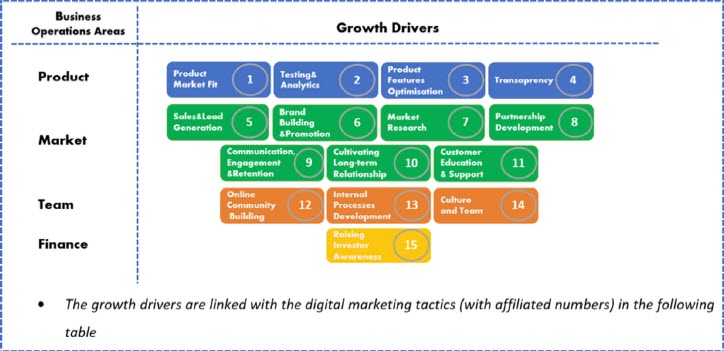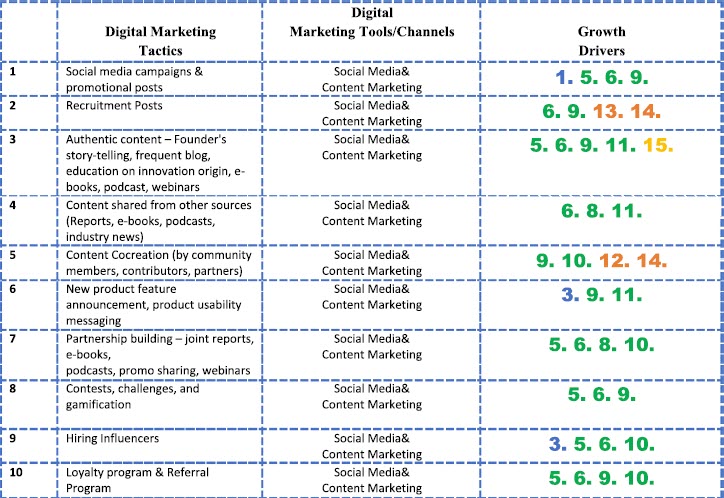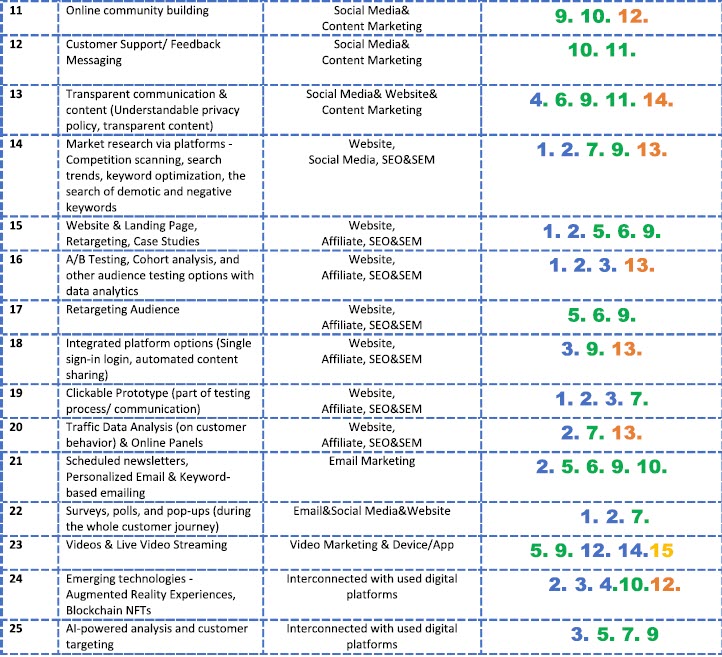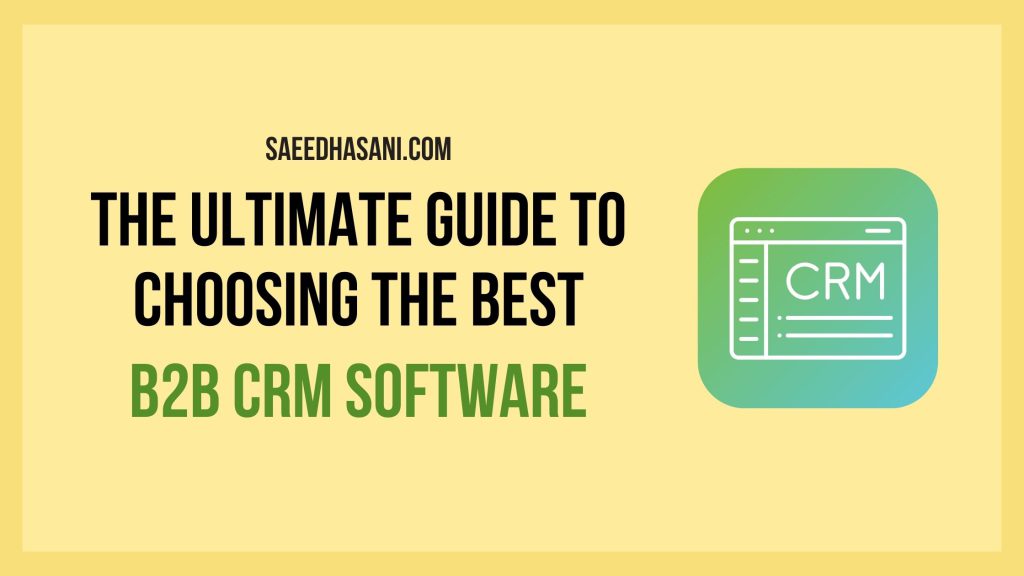3M technique to acquiring the first paying customer

Are you struggling to acquire your first paying customer? Startups typically fail for a lack of customers rather than technology, primarily due to a lack of proof of functionality in the real world. Customer feedback is crucial to reducing perceived risk and developing further the product for sales and marketing purposes .
Our latest blog post unveils a powerful approach that can revolutionize your customer acquisition strategy.
Discover how implementing 3M proven techniques, including the Minimum Viable Product, Matching problem and solution, and Minimum Viable Marketing, can propel your business towards acquiring that coveted first paying customer.
What is the 3M strategy?
3M refers to a set of proven techniques that can greatly enhance your approach to acquiring customers. Let’s explore each element of 3M in more detail:
- Minimum Viable Product (MVP): The concept of an MVP involves developing and launching a basic version of your product or service that possesses just enough features to address the core needs of your target customers. By focusing on the essential functionalities, an MVP allows you to quickly gather feedback and validate your assumptions, helping you refine your offering based on real-world insights. This approach saves time and resources while ensuring you are delivering value to your customers from the very beginning.
- Matching Problem and Solution: One crucial aspect of acquiring customers is understanding their pain points, challenges, and desires. The matching problem and solution approach emphasizes the need to thoroughly identify the specific problem your target audience faces and then develop a solution that effectively addresses it. By aligning your product or service with the precise needs of your customers, you increase the likelihood of attracting and retaining their interest, leading to higher conversion rates and customer satisfaction.
- Minimum Viable Marketing (MVM): In the context of customer acquisition, MVM emphasizes a lean and iterative approach to marketing your product or service. Rather than investing significant resources upfront in extensive marketing campaigns, MVM focuses on testing and optimizing marketing strategies on a smaller scale. This allows you to gauge the effectiveness of different channels, messages, and targeting options, enabling you to make data-driven decisions and allocate resources efficiently to maximize your customer acquisition efforts.
By implementing these 3M techniques, you can streamline your customer acquisition process, enhance your product-market fit, and optimize your marketing efforts, ultimately increasing your chances of successfully acquiring your first paying customer and building a solid foundation for future growth.
How to implement a “Minimum Viable Product”? (Step by Step)
Implementing a Minimum Viable Product (MVP) involves a systematic approach to developing and releasing your product. Here are the steps to implement an MVP effectively:
- Define your goals: Clearly establish what you aim to achieve with your MVP. Identify the key metrics or indicators of success that you will use to evaluate its performance.
- Identify your target audience: Determine the specific group of users or customers you want to target with your MVP. Understand their needs, pain points, and preferences to ensure your product addresses them effectively.
- Prioritize features: Identify the core features and functionalities that are essential for addressing the users’ needs and delivering value. Focus on the minimum set of features required to solve the problem or provide a solution.
- Develop a roadmap: Create a roadmap or plan that outlines the stages of development for your MVP. Define milestones and timelines to keep the development process on track.
- Develop the MVP: Start building the initial version of your product, incorporating the prioritized features. Keep the development process lean and agile, focusing on functionality over aesthetics. Consider using rapid prototyping techniques or low-code development platforms to speed up development.
- Test and validate: Once the MVP is developed, release it to a select group of target users or early adopters. Encourage them to use the product and provide feedback on their experience. Monitor user behavior and gather data to assess how well the MVP is meeting their needs and the predefined success metrics.
- Iterate and refine: Analyze the user feedback and data collected during the testing phase. Identify the most critical areas for improvement or enhancement. Iterate on the MVP, addressing the identified issues and incorporating valuable suggestions.
- Repeat the feedback loop: Release updated versions of the MVP, incorporating the improvements and refinements. Continuously gather user feedback, measure performance against defined metrics, and iterate based on the insights gained.
- Monitor key metrics: Track and analyze the key metrics you defined earlier to evaluate the performance and success of your MVP. This data will help you make informed decisions about further development and future iterations.
- Scale and expand: Once you have refined the MVP based on user feedback and achieved a satisfactory level of validation, you can begin scaling up the product. Add additional features, enhance the user experience, and expand your target audience.
Remember that the MVP approach is an iterative process. It involves continuously learning from user feedback and making incremental improvements to your product. The goal is to build a viable product that meets user needs while minimizing development costs and time-to-market.
How to implement “Matching Problem and Solution”? (Step by Step)
To implement the “Matching Problem and Solution” effectively, follow these steps:
1. Problem Validation or Exploration:
- Conduct market research to identify potential problems or pain points that customers are facing.
- Engage with your target audience, either through surveys, interviews, or focus groups, to gather insights about their needs and challenges.
- Analyze the collected data to prioritize and validate the identified problems based on their significance and frequency.
2. Problem-Solution Fit:
- Brainstorm and generate potential solutions for the validated problems.
- Evaluate each solution against the identified problems and assess their feasibility, viability, and scalability.
- Select the most promising solution(s) that align with the market need and have the potential to solve the problem effectively.
3. Product-Market Fit:
- Design prototypes or minimum viable products (MVPs) that incorporate the selected solution(s).
- Test the prototypes/MVPs with a subset of your target audience or early adopters.
- Collect feedback and iterate on the product based on user insights and preferences.
- Continuously validate the value proposition and refine the product features to ensure they address the customers’ needs and expectations.
Additional Considerations:
- Prioritize the learning process: Focus on gaining knowledge and insights rather than aiming for perfection in the early stages. Iterate quickly based on feedback and continuously learn from your target audience.
- Build relationships with potential customers: Approach people as friends and collaborators, not just potential customers. Establish trust and engage in conversations to understand their pain points better .
- Offer free services to prove value: In the initial stages, consider offering your product or services for free to gain traction, gather feedback, and showcase the value you can provide.
- Aim for product-market fit before viral growth: Prioritize achieving a solid product-market fit before focusing on rapid scaling or viral growth. Ensure that your product effectively meets customer needs and generates positive user experiences .
By following these steps and incorporating the provided sentences, you can implement a systematic approach to match the problem and solution effectively while aiming for a successful product-market fit.
“Problem/Solution Fit” in an advance look . . .
If You are eager to learn advanced techniques, Here are some more advanced and creative steps you can consider for implementing a matching problem and solution:
- Apply machine learning or AI techniques: Instead of relying solely on predefined rules or criteria, you can leverage machine learning or AI algorithms to learn patterns and relationships between problems and solutions. This can involve using techniques such as natural language processing (NLP), deep learning, or reinforcement learning to automatically extract features and make intelligent matching decisions.
- Use graph-based matching: Represent the problem and solution space as a graph, where nodes represent problems and solutions, and edges represent relationships or similarities between them. Apply graph algorithms such as graph matching, graph traversal, or network flow optimization to find the best matches based on the graph structure and attributes.
- Incorporate user feedback and preferences: Allow users to provide feedback on the quality and suitability of the matched solutions. Use this feedback to refine and personalize the matching process over time. Implement techniques such as collaborative filtering or recommendation systems to incorporate user preferences and improve the accuracy of the matches.
- Integrate external data sources: Expand the available problem and solution space by integrating external data sources, such as knowledge bases, online repositories, or APIs. Utilize techniques like data scraping, data enrichment, or semantic analysis to extract relevant information and enhance the matching process.
- Implement intelligent search strategies: Develop advanced search strategies to efficiently explore the problem and solution space. This can involve techniques such as heuristic search, genetic algorithms, or swarm intelligence to intelligently navigate and prioritize the search process based on the characteristics of the problems and solutions.
- Consider temporal and contextual factors: Take into account temporal or contextual factors that may influence the suitability of a solution for a given problem. For example, a solution may be more relevant or effective for certain problems during specific time periods or under certain conditions. Incorporate these factors into the matching algorithm to provide more dynamic and context-aware matches.
- Deploy a hybrid approach: Combine multiple matching techniques or algorithms to leverage their strengths and mitigate their limitations. This could involve using a combination of rule-based matching, machine learning, and graph-based matching, for example, to achieve a more comprehensive and accurate matching process.
- Continuously monitor and adapt: Implement a feedback loop to continuously monitor the performance of the matching system and adapt it based on changing needs and requirements. Collect data on the success rate of matches, user feedback, and evolving problem-solution relationships to continuously refine and improve the matching process.
These advanced steps involve leveraging cutting-edge technologies, integrating external data sources, and incorporating user feedback to create a more intelligent and personalized matching system. Keep in mind that the complexity and feasibility of these steps will depend on your specific problem and solution domain, available resources, and technical expertise.
How to implement “Minimum Viable Marketing”? (Step by Step)
Implementing a Minimum Viable Marketing (MVM) approach involves focusing on essential marketing activities that deliver the most value while minimizing time and resources. Here’s a step-by-step guide to implementing MVM:
- Define your target audience: Clearly identify your ideal customer profile. Understand their demographics, needs, preferences, and pain points. This knowledge will help you tailor your marketing efforts effectively.
- Set marketing objectives: Determine the specific goals you want to achieve through your marketing efforts. Examples may include increasing brand awareness, generating leads, or driving conversions. Ensure your objectives are measurable and aligned with your overall business goals.
- Identify key marketing channels: Research and identify the marketing channels that are most likely to reach your target audience effectively. This could include a combination of online channels like social media, email marketing, content marketing, search engine optimization (SEO), and offline channels like events or local advertising.
- Develop a compelling value proposition: Craft a clear and concise value proposition that highlights the unique benefits your product or service offers to your target audience. Focus on the problem you solve and the value you provide.
- Create minimal marketing assets: Develop essential marketing assets that effectively communicate your value proposition. This may include a website (with core pages such as home, product/service, about, and contact), social media profiles, a company logo, and basic marketing collateral (such as brochures or business cards).
- Test and iterate: Launch your marketing campaigns on selected channels and closely monitor their performance. Collect data and analyze the results to identify what works and what doesn’t. Use this feedback to refine your marketing strategies and optimize your efforts.
- Leverage low-investment techniques: Utilize low-investment techniques and tools such as social media, content on the website, customer testimonials, merchandising, and videos. These methods can help you effectively reach your target audience without significant financial resources.
- Explore search engine advertising: If your startup has a sufficient budget, consider testing search engine advertisements. This tactic can help increase visibility and drive targeted traffic to your website.
- Focus on audience-channel fit: It’s crucial to ensure that your content distribution channels align well with your target audience. This fit enables you to effectively reach your desired audience and receive valuable feedback for improving your content design.
- Experiment through digital marketing channels: Apply the MVM framework to experiment with various processes using digital marketing channels. This includes testing value proposition/product-market fit, market and customer base, product features, and content/messaging. Iterating and optimizing these elements will help you refine your marketing approach.
- Drive growth after achieving product-market fit: Once you’ve achieved product-market fit, leverage digital marketing tactics to drive growth. Implement strategies such as targeted advertising, lead generation campaigns, email marketing, and content marketing to expand your reach and acquire new customers.
- Take advantage of low-investment techniques and tools: Low-investment techniques and tools make digital marketing usage in startups a practical and strategic solution, covering many challenging growth components. By leveraging these resources effectively, you can maximize your marketing impact without straining your budget.
Remember, the key principle of MVM is to start small, focus on the essentials, learn from your efforts, and iterate accordingly. This approach allows you to adapt and optimize your marketing activities based on real-world feedback and ensures you maximize the impact of your limited resources.

These Figures are visual representations of a macro-dynamic framework that identifies growth drivers and digital marketing tactics for achieving startup growth. The framework summarizes the findings of a literature review and connects growth drivers with digital marketing channels and tactics used to address different startup challenges.
The framework consists of two parts. The first part presents the growth drivers connected to various business operation areas, including product, market, team, and financial areas. These growth drivers represent the aspects of startup growth that can be influenced by digital marketing tools and tactics. There are a total of 15 growth drivers identified within the framework.
The second part of the framework illustrates the digital marketing channels and tactics that can be used to impact specific growth drivers. The tactics are linked with different digital marketing channels, and some tactics can overlap between channels. The connection between tactics and channels is based on the most frequent usage of the channel for implementing a certain tactic. Each tactic can potentially influence multiple growth drivers.
The framework is designed to provide a strategic macro perspective on the possibilities of digital marketing in influencing startup growth. Startups can use this framework to identify the specific growth drivers they want to develop or the challenges they need to address. By selecting a growth driver from the first part of the framework, startups can then refer to the corresponding tactics with the same number in the second part. These tactics offer potential solutions to directly impact the identified growth driver and its associated challenge.
It’s important to note that the tactics presented in the framework are identified through literature and industry examples, and they are intended to guide startups in leveraging digital marketing to overcome challenges and drive growth.


Conclusion
In conclusion, implementing the 3M technique can be a game-changer for acquiring your first paying customer. By leveraging the Minimum Viable Product (MVP), Matching Problem and Solution, and Minimum Viable Marketing (MVM) approaches, you can streamline your customer acquisition process, enhance your product-market fit, and optimize your marketing efforts.
To implement the 3M technique effectively, follow the step-by-step guides provided in the blog post. Develop an MVP that addresses the core needs of your target customers, iterate based on user feedback, and prioritize problem-solution fit. Implement MVM by defining your target audience, setting marketing objectives, and leveraging essential marketing channels.
Remember to prioritize learning, build relationships with potential customers, and offer free services to prove value. Additionally, consider advanced techniques like incorporating machine learning, using graph-based matching, and integrating user feedback and external data sources.
By following these strategies, you can increase your chances of acquiring your first paying customer and laying a solid foundation for future growth. Start implementing the 3M technique today and revolutionize your customer acquisition strategy.
Ready to take your startup to the next level? Implement the 3M technique and start acquiring your first paying customer now!
Sources:







Responses